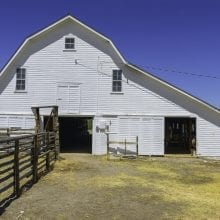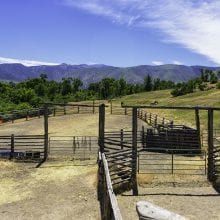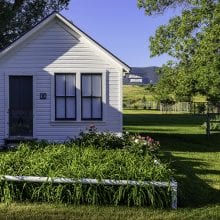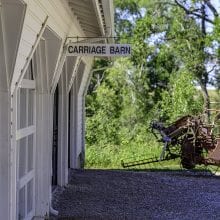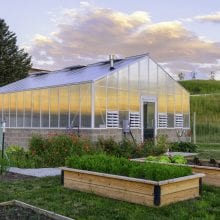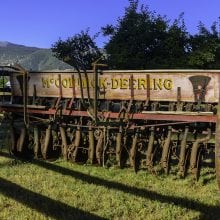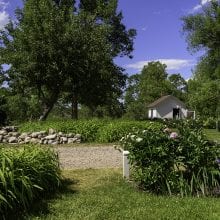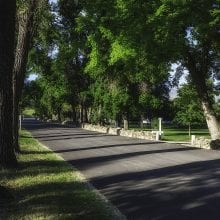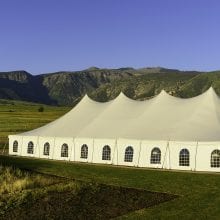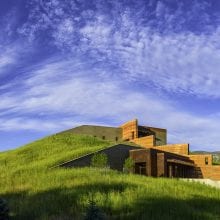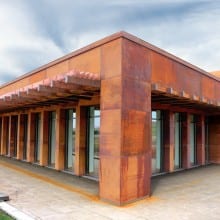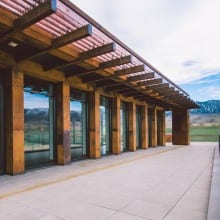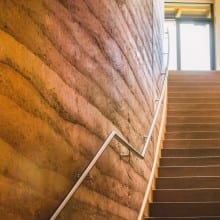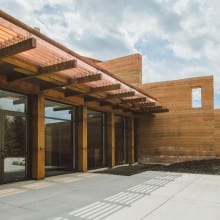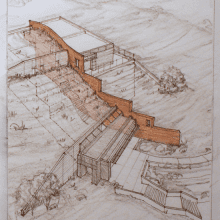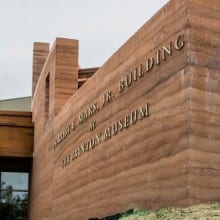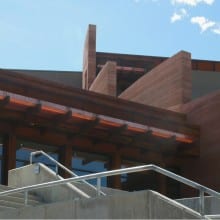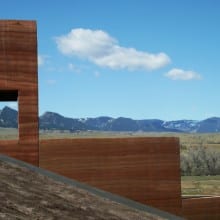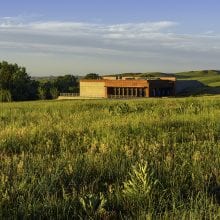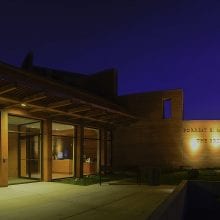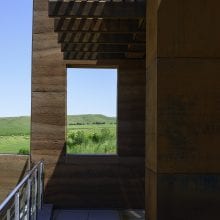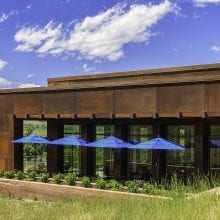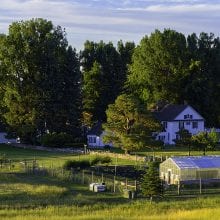
The Museum
“Few museums can boast of exactly the right place where nature, history, and art come together in an idyllic setting. The Brinton Museum Quarter Circle A Ranch is one of these places.
Isabel T. Wallop
Overview
• Conveniently located between Yellowstone and the Black Hills
• 15 minutes from Sheridan and Interstate 90
• Easy access and ample parking
• Group rates available
• Guided tours of the Historic Ranch House
• Gardens & Ranch Outbuildings to explore
• Exquisite American Indian Art
• Iconic, historic & contemporary Western Art
• Museum Store & Brinton Bistro
• Outdoor sculpture scavenger hunt, nature trails
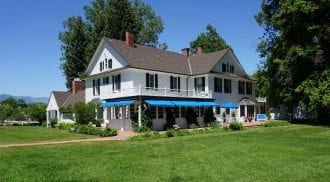
The Brinton Ranch House and Grounds
The Brinton Museum, located on the 620-acre historic Quarter Circle A Ranch in Big Horn, offers an authentic view into the life and lifestyle of a Western gentleman and art collector who was a patron and friend of many of the most celebrated 19th- and 20th-century Western artists.
Established in 1960 and opened to the public in 1961, it includes the historic Brinton Ranch House, built in 1892 and expanded by Brinton in 1927-28 to accommodate his extensive collections, the well-kept grounds, gardens and outbuildings such as a carriage barn, saddle barn, milk house, and Little Goose Creek Lodge.
The Forrest E. Mars, Jr. Building
The Brinton Museum’s 24,000-square-foot $15.8-million, eco-conscious building houses one of the most significant and extensive Western and American Indian Art collections in the Rocky Mountain West. Five times the size of the former museum, The Forrest E. Mars, Jr. Building now includes three floors featuring five galleries, a museum store, and the Brinton Bistro, which offers indoor and outdoor dining with picturesque, 180-degree views of the Bighorn Mountains.
Expansive climate-controlled spaces and new and improved storage are allowing The Brinton Museum to better preserve and exhibit new works and collections by iconic artists, including Frederic Remington, Charles M. Russell, Thomas Moran, Karl Bodmer, John Mix Stanley, Edward Borein, Frank Tenney Johnson as well as works by John James Audubon and Winold Reiss, along with the world’s largest Hans Kleiber collection.
The new Forrest E. Mars, Jr. Building design aligns with the natural geography of the Quarter Circle A Ranch. Nestled into the hillside, it is anchored by a two-foot thick, 51-foot high, 209-foot long arced Rammed Earth Wall, the tallest in North America. The design symbolically defines the space, bringing together the geological and spiritual nature of its Western and American Indian Art collections.

